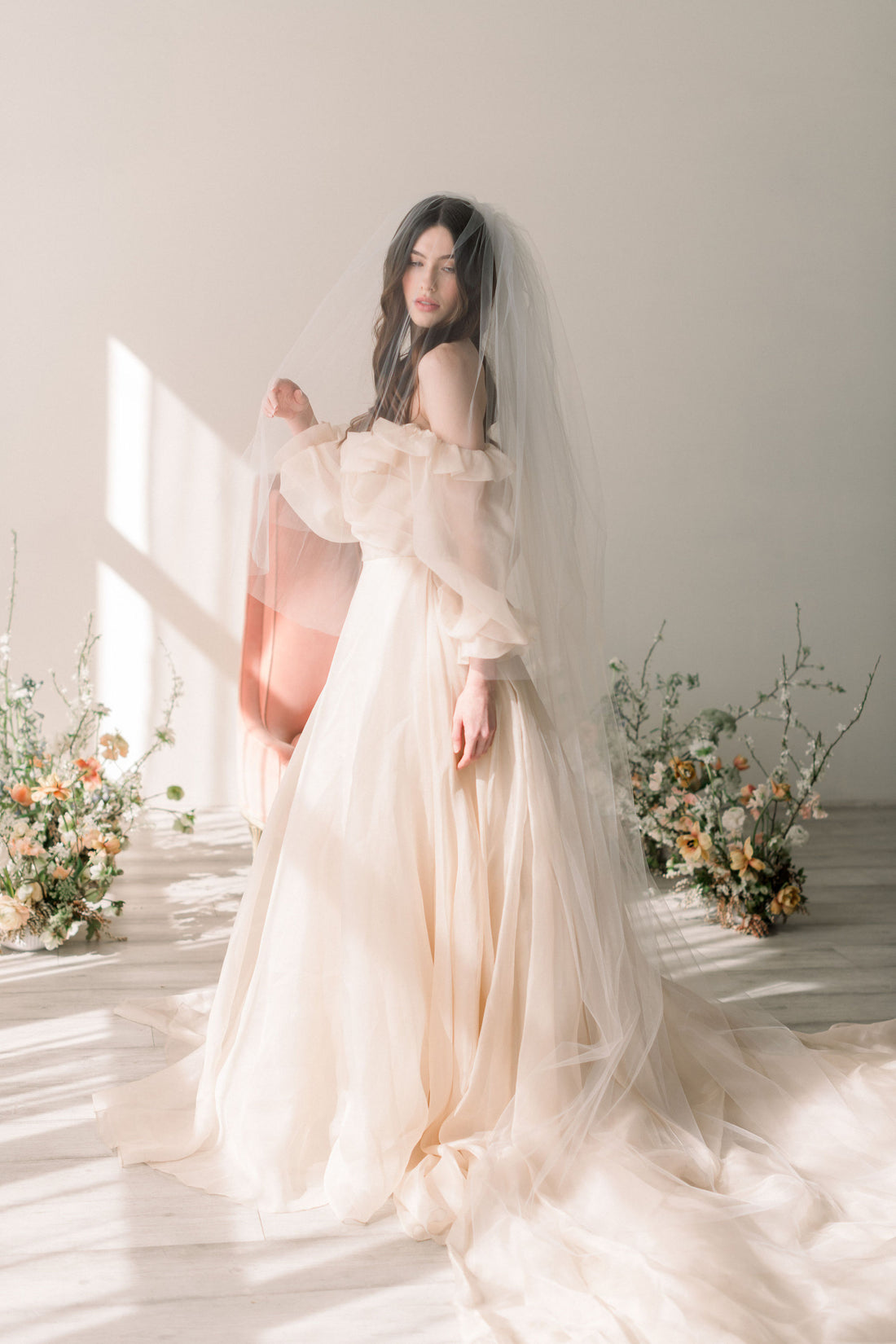
The History of Wedding Veils: From Tradition to Trend
For centuries, wedding veils have been an iconic symbol of bridal attire, carrying with them a rich history and tradition. Originating from ancient Rome and Greece, veils were believed to protect brides from evil spirits on their wedding day. Over time, their significance evolved, becoming a symbol of purity, modesty, and the bride's transition into married life.
During the medieval period, veils were often worn as a sign of social status and wealth, with longer veils made from luxurious fabrics like silk and adorned with intricate embroidery or lace. However, it wasn't until the Victorian era that veils became a staple of Western bridal fashion. Queen Victoria's choice to wear a white lace veil for her wedding to Prince Albert in 1840 popularized the tradition of wearing white on your wedding day, and veils soon became synonymous with bridal elegance and purity.
Throughout the 20th century, wedding veils continued to evolve, with various lengths, styles, and embellishments reflecting changing bridal trends and cultural influences. From the short, chic birdcage veils of the 1920s to the dramatic cathedral-length veils of the 1950s, veils remained an essential part of the bridal ensemble.
In recent years, wedding veils have experienced a resurgence in popularity, with modern brides embracing both traditional and contemporary styles. From ethereal fingertip veils to bohemian-inspired flower crowns, brides have more options than ever to express their individuality and personal style on their wedding day.
Today, wedding veils are not only a symbol of tradition but also a fashion statement, with brides choosing veils that complement their gown, venue, and overall wedding theme. Whether you opt for a classic veil with intricate lace detailing or a minimalist style with clean lines and soft tulle, the veil remains an iconic accessory that adds an extra layer of romance and elegance to your bridal look.

